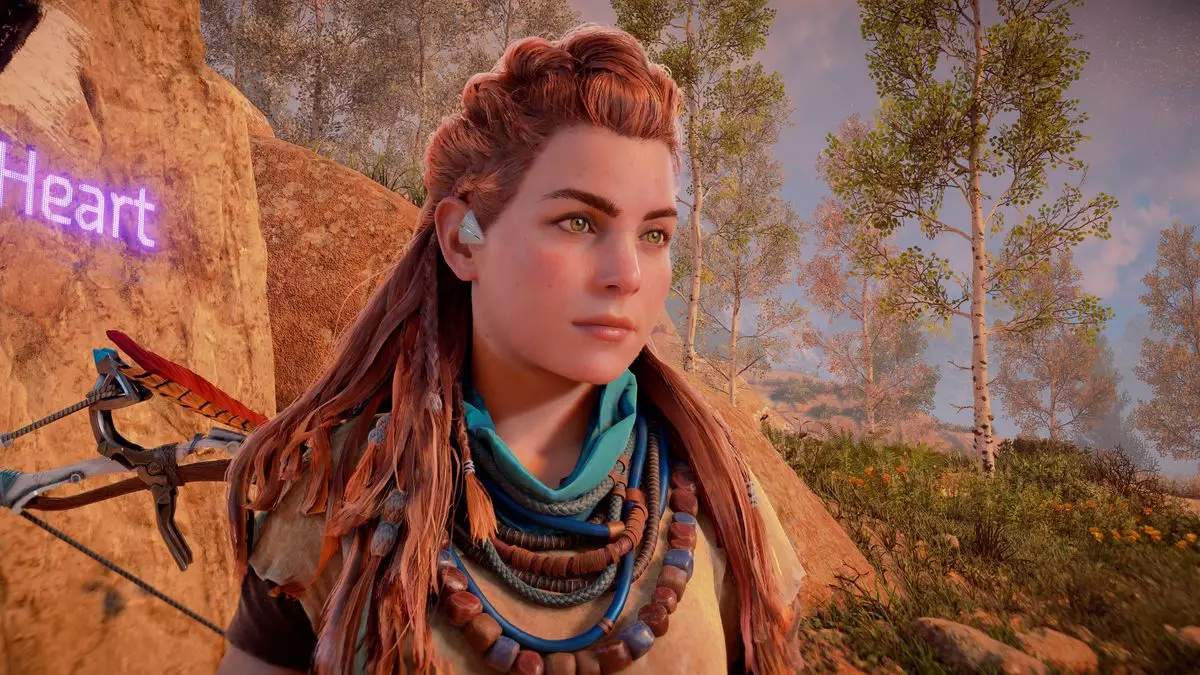With the remaster of the beloved game Horizon Zero Dawn now on the market, fans are filled with excitement and trepidation about its performance across various platforms, especially when it comes to gaming PCs and handheld devices like the Steam Deck. Developed by Guerrilla Games in collaboration with Nixxes Software, this remastered title has sparked discussions regarding its graphical upgrades, performance optimization, and overall user experience. This article will delve into what we can expect from this revamped classic, dissecting both its strengths and shortcomings.
One of the primary concerns surrounding the remaster revolves around its compatibility with various gaming devices, particularly the Steam Deck. While gamers had hoped for a seamless experience, the initial lack of verification for the Steam Deck adds an element of uncertainty. After extensive trials on devices like the Asus ROG Ally X, there’s optimism that similar performances could be expected on handhelds. Despite fears of hardware limitations, the remastered version has the flexibility to accommodate a diverse range of systems, thanks to its adjustable quality settings and optimization features. This allows players to fine-tune performance according to their hardware capabilities, ensuring a broader audience can enjoy the game.
Visually, Horizon Zero Dawn Remastered aims to breathe new life into the world that players have adored. Players can anticipate a feast for the eyes, with significantly improved textures, enhanced lighting, and a depth of detail that gives both environments and characters a much more robust appearance compared to the original. The game’s settings have been meticulously overhauled to reflect a world where nature has reclaimed urban landscapes, making for a more immersive visualization. However, while these enhancements are noteworthy, some players may find that certain aspects of the visuals still hold the remnants of their initial design. Picture this: familiar furniture rearranged in a new living space—exciting yet reminiscent.
While the visual upgrades are commendable, they come at a considerable cost when it comes to performance. Players diving headfirst into the highest quality settings could experience a significant drop in frame rates, which might detract from the gameplay experience. The introduction of advanced upscalers and frame generation systems serves as a remedy to this dilemma, offering players a chance to regain performance without sacrificing too much visual quality. Integrating the latest technologies from AMD and Nvidia means that, regardless of the specific hardware, there’s a potential to enhance gameplay. However, the underlying concern remains—will players have to make substantial sacrifices in visual fidelity just to achieve a smoother frame rate?
Initial impressions of the remaster’s gameplay have been encouraging. On devices like the ROG Ally X, players reported lower frame rates on the original settings, yet with careful application of FSR upscaling, they could approach desirable frame rates close to 60 fps. The 1% low metrics also suggest that stutter and dips in performance might be less prevalent than in the original version. However, not all is perfect in this new rendition. Some character models exhibit an exaggerated glow, which can disrupt immersion, while certain graphical elements still rely on screen space reflections—a technique that can produce mixed results in terms of realism.
What stands out in the remaster is its enhanced stability compared to the original, marked by Nixxes’ adept handling of shader compilation and asset streaming. This leads to a more consistent gameplay experience, an essential improvement for seasoned players familiar with the original’s erratic performance issues. On high-end systems, the game flourishes with superior settings, showcasing its capability to impress on modern hardware while still addressing concerns for players on lower-end rigs. The remastered version offers a broad spectrum of options, which means that, irrespective of a player’s system strength, there’s a version of Horizon Zero Dawn that can shine.
As Horizon Zero Dawn Remastered unfolds, it carries both the charm of its predecessor and the polish of modern gaming technology. With a blend of nostalgia and innovation, this title caters to both new players and returning fans. Although challenges remain, particularly concerning performance and visual consistency, the overall package presents a promise of a fulfilling gaming experience. The remaster stands as a testament to the enduring legacy of Horizon Zero Dawn, inviting old fans and new players alike to explore a richly crafted world once more. The stage is set for a new adventure—are you ready to step back into the wild?

